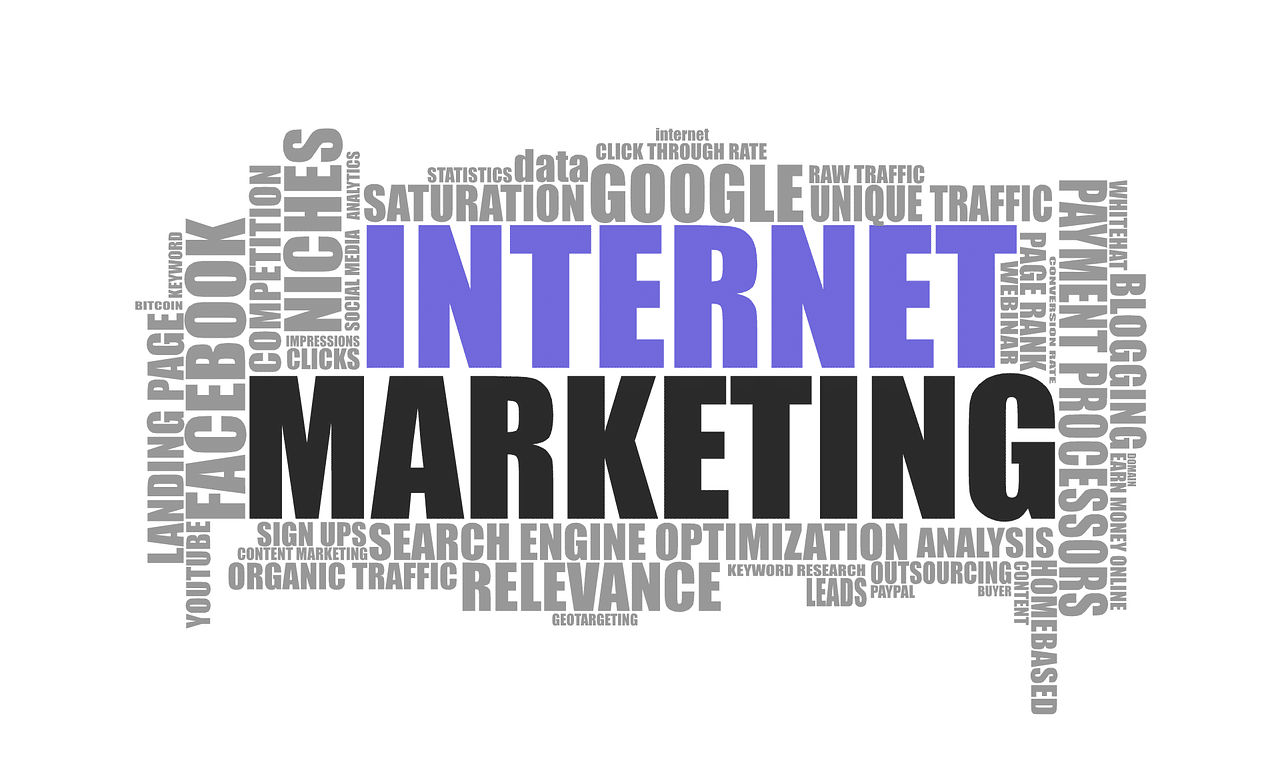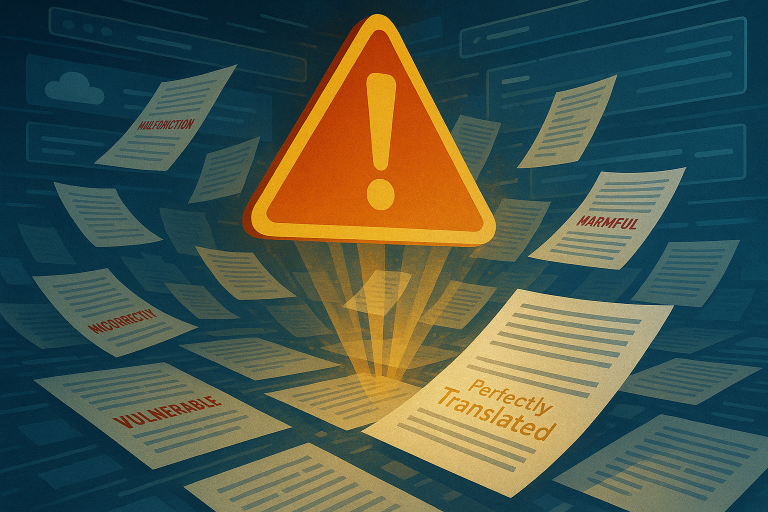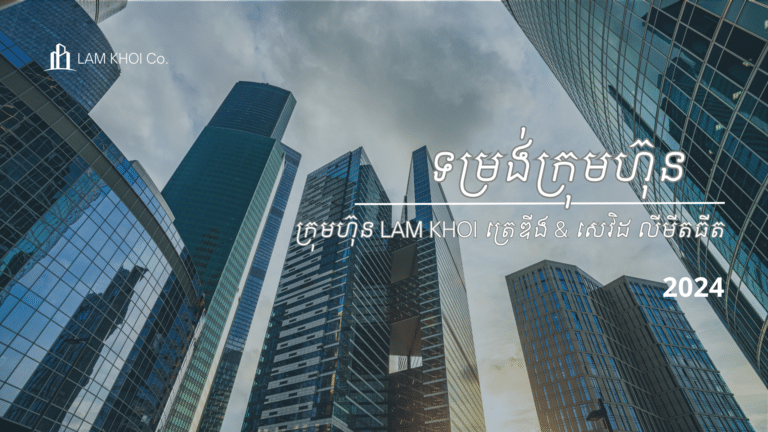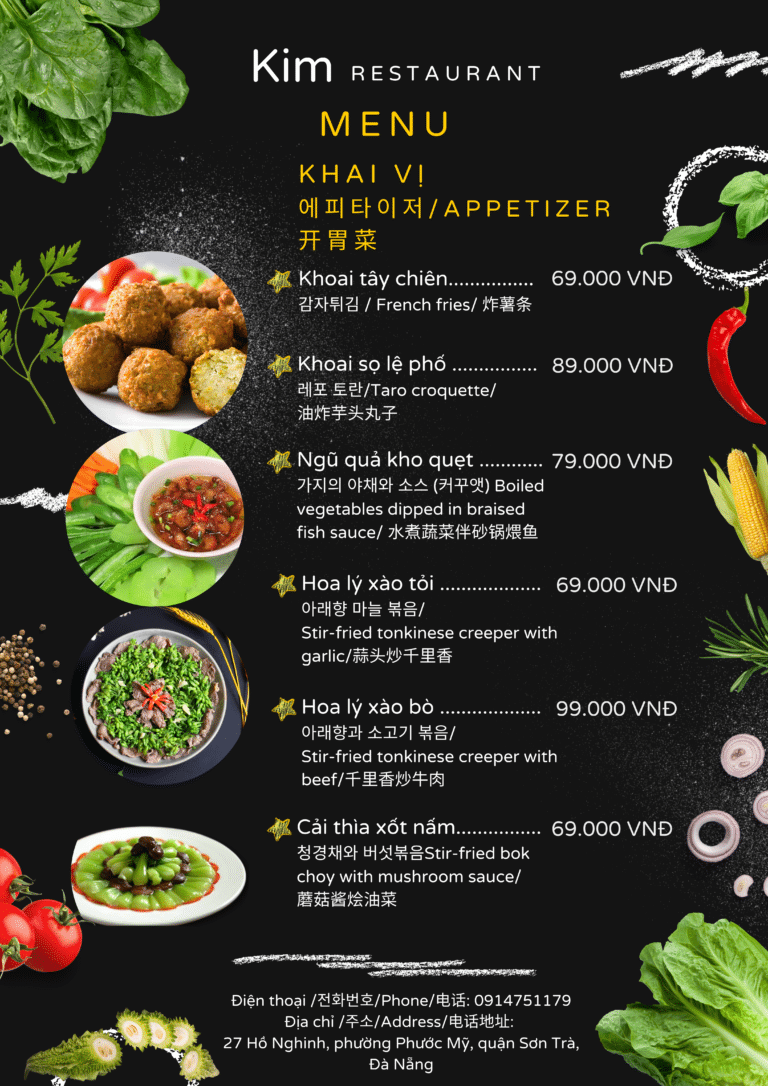Language is a powerful tool, especially in the world of marketing. As businesses strive to reach a global audience, the significance of impactful English translations cannot be overstated. In this article, we will explore the role of translations in marketing, the challenges they present, and how businesses can harness the power of words for effective communication.
Introduction
In the realm of marketing, words are the building blocks of connection. From advertising slogans to product descriptions, every piece of content contributes to shaping a brand’s identity. However, when it comes to expanding reach beyond native borders, the challenge lies in ensuring that these words resonate equally across different languages and cultures.
The Role of Translations in Marketing
Expanding Global Reach
One of the primary reasons businesses invest in translations is to broaden their global reach. English, being a dominant language in the business world, serves as a bridge to connect with diverse audiences worldwide. However, the translation goes beyond mere language conversion; it’s about adapting the message to suit the cultural nuances of the target audience.
Enhancing Brand Image through Accurate Translations
Accuracy in translation is paramount for maintaining a positive brand image. Inaccurate translations can lead to misunderstandings, negatively impacting how a brand is perceived. To establish trust and credibility, businesses must prioritize precision in their translated content.
Challenges in English Translations
Linguistic Nuances
Languages are intricate, and each carries its own set of nuances. Translating these nuances accurately is a challenge, as some words or expressions may not have direct equivalents in other languages. This requires translators to navigate the intricacies of each language to convey the intended meaning effectively.
Cultural Considerations
Beyond linguistic challenges, cultural differences pose another hurdle. A word or phrase that resonates positively in one culture might carry a different connotation in another. Understanding the cultural context is essential to avoid unintentional missteps in translations.
Navigating Perplexity in Translation
Addressing Idioms and Expressions
Idiomatic expressions are often deeply rooted in the culture of a language. Translating them literally may result in confusion or loss of meaning. Skilled translators navigate these challenges by providing contextually appropriate equivalents that preserve the intended message.
Balancing Literal vs. Contextual Translations
Finding the right balance between literal and contextual translations is crucial. While staying true to the original message, translators must also ensure that the content makes sense and resonates with the target audience. This delicate balancing act requires a deep understanding of both the source and target languages.
Burstiness in Language: A Marketing Advantage
Creating Attention-Grabbing Content
In marketing, the concept of burstiness, or the ability to capture attention rapidly, is paramount. Translated content should not only convey the message accurately but also do so in a way that grabs the audience’s attention. This involves adapting to language trends and using impactful wording that resonates with the target demographic.
Leveraging Language Trends
Language is dynamic, and trends evolve. Staying updated on linguistic shifts and incorporating trending phrases or expressions in translations can give marketing content a contemporary and relatable edge.
The Human Touch: Translations that Connect
Importance of Understanding the Target Audience
A key element of impactful translations is understanding the target audience. Language is more than just words; it’s a reflection of cultural values and preferences. Translators who grasp the intricacies of the audience they are addressing can tailor the message to create a genuine connection.
Emotional Impact of Well-Translated Content
Words have the power to evoke emotions. Well-translated content not only conveys information but also resonates on an emotional level. Businesses that invest in translations that stir emotions are more likely to create lasting impressions and foster customer loyalty.
SEO Strategies for Translated Content
Keyword Research in Different Languages
SEO is not limited to one language. Effective translation involves thorough keyword research in the target language to ensure that the content ranks well in search engines. This includes understanding local search trends and incorporating relevant keywords seamlessly.
Implementing Hreflang Tags for Multilingual SEO
For businesses with multilingual websites, implementing hreflang tags is crucial. These tags indicate to search engines the language and regional targeting of each page, helping to serve the most relevant content to users based on their location and language preferences.
Tools and Technologies in Translation
Machine Translation vs. Human Translators
The advancement of technology has introduced machine translation tools. While these tools offer efficiency, they may lack the nuanced understanding and cultural sensitivity that human translators bring to the table. Striking the right balance between technology and human expertise is key for successful translations.
Popular Translation Tools and Their Effectiveness
Several translation tools are available, each with its strengths and weaknesses. Exploring popular tools and understanding their effectiveness in different contexts can help businesses make informed decisions when choosing a translation solution.
The Cost of Poor Translations
Risks of Miscommunication
Poorly translated content carries significant risks, including miscommunication and the potential for negative brand perception. Businesses that cut corners on translation may find themselves dealing with costly consequences, ranging from customer dissatisfaction to reputational damage.
Rebuilding Trust After Translation Errors
Recovering from translation errors requires a strategic approach. Acknowledging mistakes, rectifying inaccuracies, and implementing measures to prevent recurrence are essential steps in rebuilding trust with the audience.
Best Practices for English Translations in Marketing
Collaborating with Professional Translators
The foundation of successful translations lies in collaboration with skilled professionals. Working with translators who not only understand the languages but also the nuances of marketing ensures a cohesive and impactful message.
Continuous Learning and Adaptation to Linguistic Shifts
Language is dynamic, and marketing strategies must evolve accordingly. Businesses committed to staying ahead invest in continuous learning and adaptation to linguistic shifts, ensuring that their content remains relevant and resonant.
Measuring Success: Metrics for Translated Content
Analyzing Engagement Across Different Language Versions
Metrics play a crucial role in evaluating the success of translated content. Analyzing engagement metrics across different language versions provides insights into what resonates with each audience, allowing for data-driven adjustments and improvements.
Adjusting Strategies Based on Performance Data
Data-driven decision-making is a hallmark of successful marketing. Businesses should use performance data to refine their translation strategies, identifying strengths to amplify and weaknesses to address for continual improvement.
Cultural Sensitivity in Global Marketing
Respecting Cultural Taboos and Norms
Cultural sensitivity is non-negotiable in global marketing. Understanding and respecting cultural taboos and norms is essential to avoid inadvertently causing offense. Businesses that prioritize cultural awareness foster positive relationships with diverse audiences.
Strategies for Avoiding Unintentional Cultural Misunderstandings
Proactively implementing strategies to avoid cultural misunderstandings is a preventive approach. This includes thorough cultural research, consultation with local experts, and a commitment to adapt messaging based on cultural feedback.
The Future of English Translations in Marketing
Evolving Technologies and Their Impact
The future of English translations in marketing is intertwined with evolving technologies. Advancements in machine translation, artificial intelligence, and natural language processing will shape the landscape. Businesses that stay abreast of these changes can leverage them for enhanced efficiency and effectiveness.
Anticipating Linguistic and Cultural Shifts
Anticipating linguistic and cultural shifts is crucial for staying ahead in the global market. Businesses should adopt a forward-thinking approach, proactively adapting their translation strategies to align with emerging trends and changes in consumer behavior.
Conclusion
In the dynamic world of marketing, where every word carries weight, the power of impactful English translations cannot be underestimated. From expanding global reach to creating emotional connections with audiences, well-crafted translations are the linchpin of successful multilingual marketing. Businesses that invest in quality translations, navigate linguistic challenges, and embrace cultural sensitivity are poised for enduring success in the global marketplace.
FAQs (Frequently Asked Questions)
Accurate translations enhance brand image by fostering positive perceptions and trust among diverse audiences.
Cultural sensitivity is crucial in avoiding unintentional misunderstandings and building positive relationships with diverse audiences.
Analyzing engagement metrics across different language versions helps businesses understand what resonates with each audience.
Risks include miscommunication, negative brand perception, and potential damage to customer trust.
Staying informed about evolving technologies and anticipating linguistic and cultural shifts is essential for future-proofing translation strategies.













